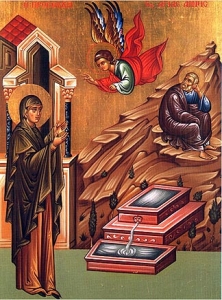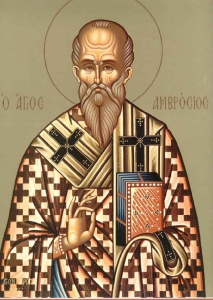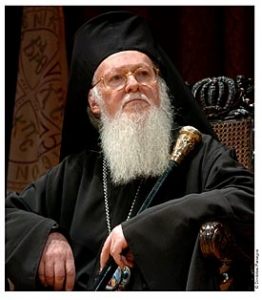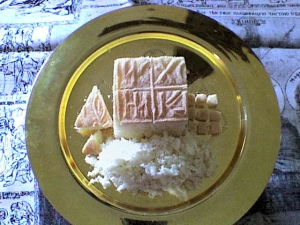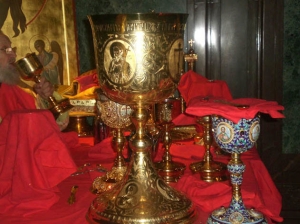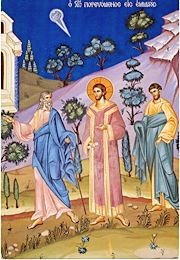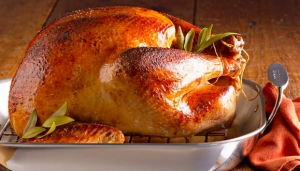“Can you tell me the differences between the Roman Catholic Church and our Church?’ I cannot tell you how often I have been asked this question! Well, today is a big part of that answer. Today, we commemorate The Conception of the Theotokos by Saints Anna and Joachim. Last night, I wrote about this holy couple’s great desire to have God intercede in their lives, listen to their prayers and bless them with a child. Not unlike Sara and Abraham and other Old Testament couples, Joachim and Anna were advanced in age, perhaps too advanced. But, God did heard their prayers and allowed them to conceive. This is the first important point that must be noted, the Virgin Mary was conceived in the normal biological manner; the product of the loving union between a husband and wife. God’s blessing and the intervention of His Holy Spirit enabled this to happen. This is one of the reasons Joachim and Anna are the image of married bliss for Orthodox couples. The Conception of the Theotokos is a source of another divergence in theology between Orthodoxy and Catholicism. We, Orthodox, do not believe in the “Immaculate Conception of the Virgin Mary.” We must be very careful here! We (Orthodox) DO believe that Our Lord Jesus Christ was Immaculately Conceived. Christ being Fully God and Full Man was born without sin. God can not have sin. But this was not the case for his mother, the Theotokos. The Orthodox Church teaches that Mary was born with sin, just as all of humanity. Furthermore, the Church believes that Mary lived a life of purity and she found favour with God because of her righteousness. She was cleansed of her sin by the Spirit of God at the Annunciation, so that she could carry the Christ Child within her body. Turning to the Roman Catholic understanding, it started to divert from the Orthodox very early. The Western Church began to develop the teaching of the Immaculate Conception of the Virgin. Their teaching states that God, fore-knowing, that Mary would bear the Christ; provided that she was born without sin. This teaching was a pious belief until 1854, when Pope Pius lX declared the teaching – dogma of the Catholic Church. This decree was then ratified by Vatican I in 1870. So we can see this is a relatively new doctrine. This is a rather simplistic explanation. There are other deeper theological implications, but nonetheless, the Immaculate Conception of the Virgin Mary is a major area of theological disagreement between the two Churches.]]>


